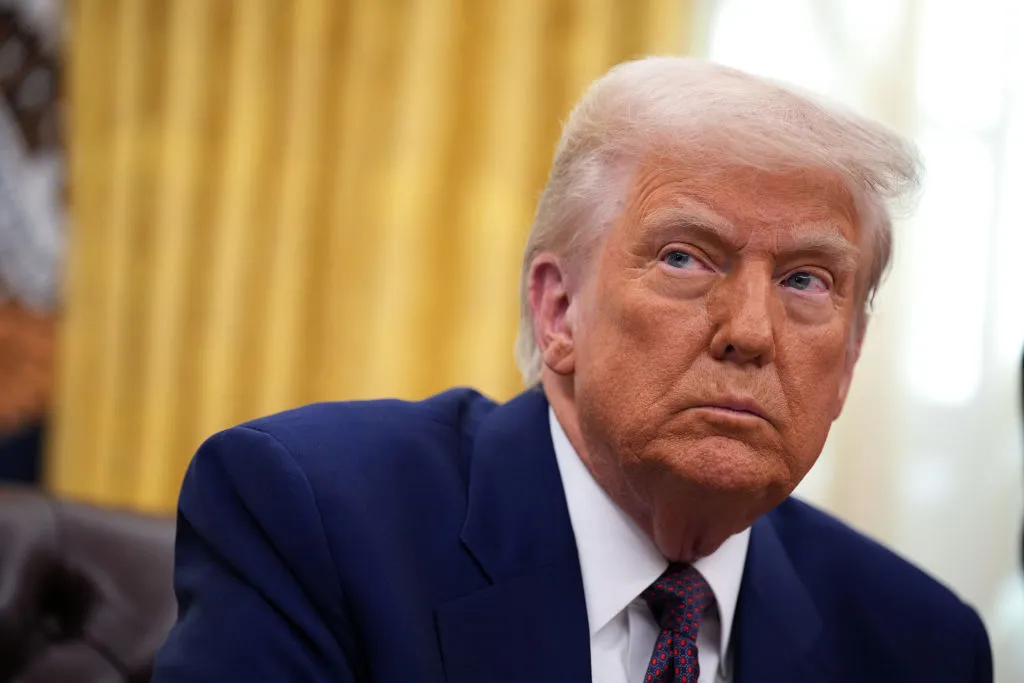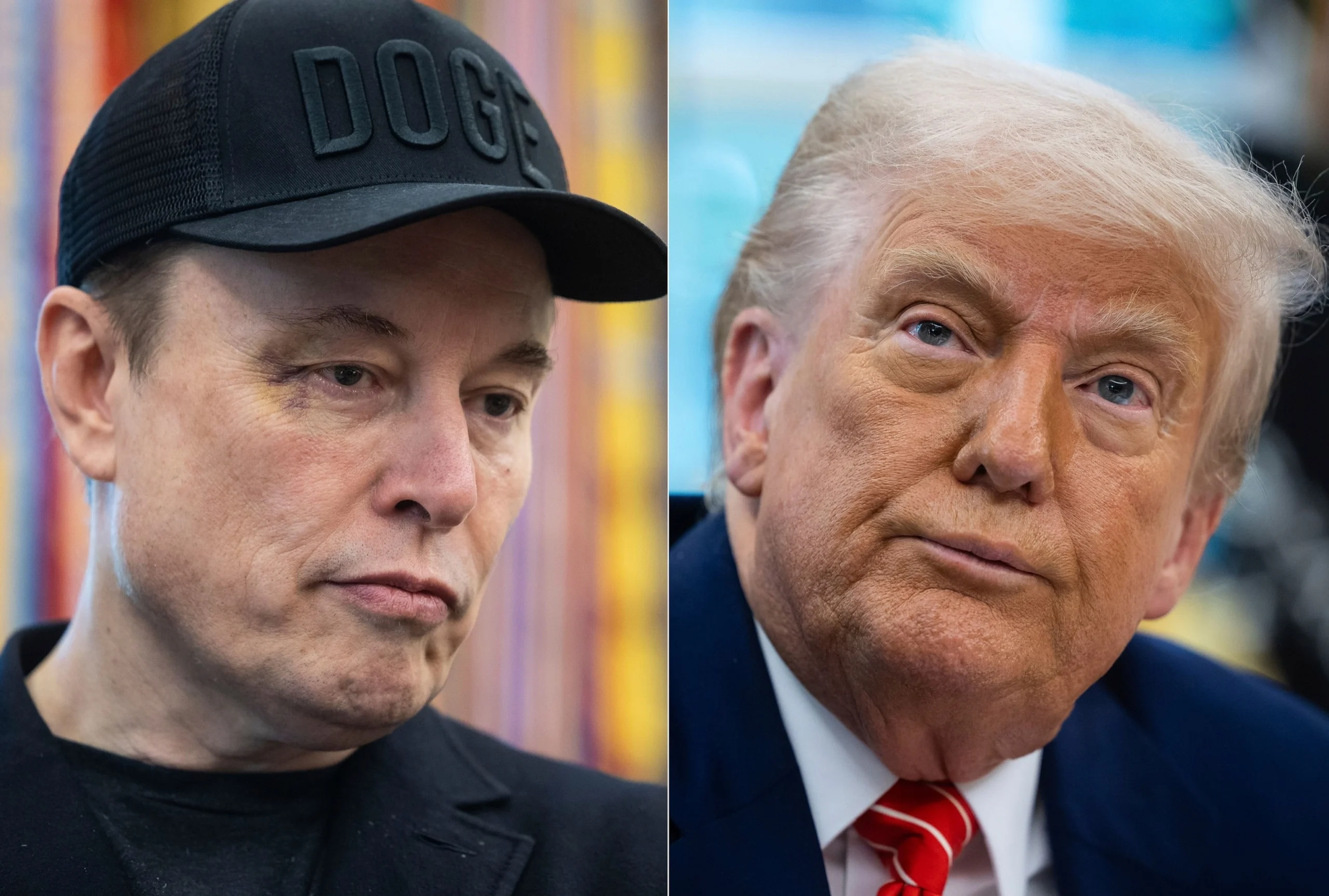Donald Trump Shocks MTA with Sudden Halt to NYC’s Congestion Pricing Program: What’s Next for City Drivers and Transit?
In a surprising and bold move that has left the Metropolitan Transportation Authority (MTA) and local officials in disbelief, former President Donald Trump has reportedly ended New York City’s controversial congestion pricing program. The decision, which has significant implications for the city’s traffic management and transportation revenue generation, has sparked a heated debate over its fairness and long-term sustainability.
The congestion pricing program, which would have imposed a $9 daily toll on vehicles entering Manhattan below 60th Street, was initially authorized under the Biden administration. However, Trump’s intervention has raised questions about the future of the initiative and the legal basis for its termination.
Trump’s Bold Decision to Halt Congestion Pricing
Trump’s Transportation Secretary, Sean Duffy, played a central role in delivering the news. In an official letter to New York Governor Kathy Hochul, Duffy stated that the federal government was revoking its approval for the congestion pricing initiative under the Value Pricing Pilot Program (VPPP). This decision, which came as a shock to many, has effectively put a freeze on the city’s plans to roll out the tolling system, at least for the time being.
This move comes as a stark contrast to the stance taken by the Biden administration, which authorized the program in December 2024. Under the plan, drivers entering Manhattan below 60th Street would have been charged $9 per day, with the revenue earmarked for improvements to the city’s public transit system. The tolls were intended to help alleviate traffic congestion and fund critical infrastructure upgrades, while simultaneously promoting the use of public transportation.
The Federal Rejection: What’s Behind the Decision?
In his letter, Duffy made it clear that he believed the program was not only unfair but also exceeded the scope of what Congress had authorized under the VPPP. According to Duffy, the primary purpose of tolling under the VPPP is to reduce congestion, not to generate revenue for transit. He argued that the tolls imposed by the congestion pricing program would disproportionately benefit transit systems, rather than addressing the core issue of reducing traffic congestion.
“The revenues generated under this pilot program are directed toward the transit system as opposed to highways,” Duffy explained. “I do not believe that this is a fair deal.” His statement reflects a broader concern about the fairness of the program, particularly regarding how the funds would be allocated and whether the tolls were set at a reasonable rate to achieve the intended goals.
The Federal Department of Transportation (DOT) issued a statement supporting Duffy’s position, emphasizing that the toll rates set for the program were designed primarily to raise revenue for public transit rather than address congestion directly. According to the DOT, the pilot program runs counter to the original intent of the VPPP, which was to impose tolls specifically for the purpose of reducing traffic congestion, not for the generation of funds for other purposes.
The Impact on NYC and its Transit Future
The decision to halt the congestion pricing program raises significant questions about the future of transportation in New York City. The initiative was seen as a critical part of the city’s efforts to modernize its transit infrastructure, address the growing concerns of traffic congestion, and reduce the environmental impact of vehicle emissions.
For MTA officials and supporters of the program, the halt is a major setback. The MTA had hoped that the tolling system would generate crucial revenue to fund upgrades to the city’s subway and bus systems, which are in dire need of repair and modernization. With New York’s public transit systems facing billions of dollars in deferred maintenance, the loss of this revenue could slow down necessary improvements and exacerbate existing transportation challenges.
Moreover, congestion pricing had the potential to reduce the number of vehicles on the road, encouraging more people to opt for public transit or alternative modes of transportation. In theory, this would lead to a cleaner, more sustainable city with less gridlock. But with the program now in limbo, many are questioning how the city will be able to meet its ambitious climate and traffic reduction goals.
Legal and Political Implications
Trump’s decision to revoke federal approval for the program has sparked a wave of political debate, with some lawmakers hailing the move as a victory for drivers and taxpayers, while others argue that it undermines efforts to combat climate change and improve urban mobility. Critics of the program contend that the tolls would disproportionately impact low-income drivers and small businesses, particularly those who rely on vehicles for their livelihoods.
At the same time, supporters of congestion pricing argue that the tolls were a necessary step in addressing the city’s traffic woes and funding much-needed improvements to public transportation. With the federal government now blocking the program, many are questioning whether the city can find an alternative solution to raise funds for transit or if the program will eventually be revived under a different administration.
The Future of NYC’s Congestion Pricing Program
At this point, it remains unclear when, or even if, the congestion pricing program will be implemented. MTA officials, along with New York City officials, are left grappling with the implications of this federal intervention. The city’s transportation future is now uncertain, as it faces significant challenges in managing traffic congestion while maintaining a reliable and sustainable public transit system.
The legal and political battles surrounding congestion pricing are far from over. While Duffy’s letter to Governor Hochul effectively halts the program for now, it’s possible that New York City could pursue a legal challenge or attempt to work with the Biden administration to find a compromise.
In the meantime, city drivers will continue to navigate the streets of Manhattan without the looming threat of daily tolls, but it remains to be seen how long this respite will last and what alternative solutions may be on the horizon. One thing is certain: congestion pricing remains a divisive issue, and its future will likely continue to spark debates for years to come.
What Does This Mean for Other Cities?
New York City’s congestion pricing program was viewed as a potential model for other cities facing similar challenges with traffic congestion and public transit funding. The federal government’s rejection of the program raises important questions about the feasibility of such initiatives in other urban areas. Will other cities be able to follow in New York’s footsteps, or will this decision set a precedent that makes it harder for other regions to implement similar tolling schemes?
As cities across the United States continue to explore innovative solutions to their transportation problems, the controversy surrounding New York’s congestion pricing program may serve as a cautionary tale. For now, the city is left with an uncertain future for its transit systems, while the broader debate over congestion pricing continues to unfold.














